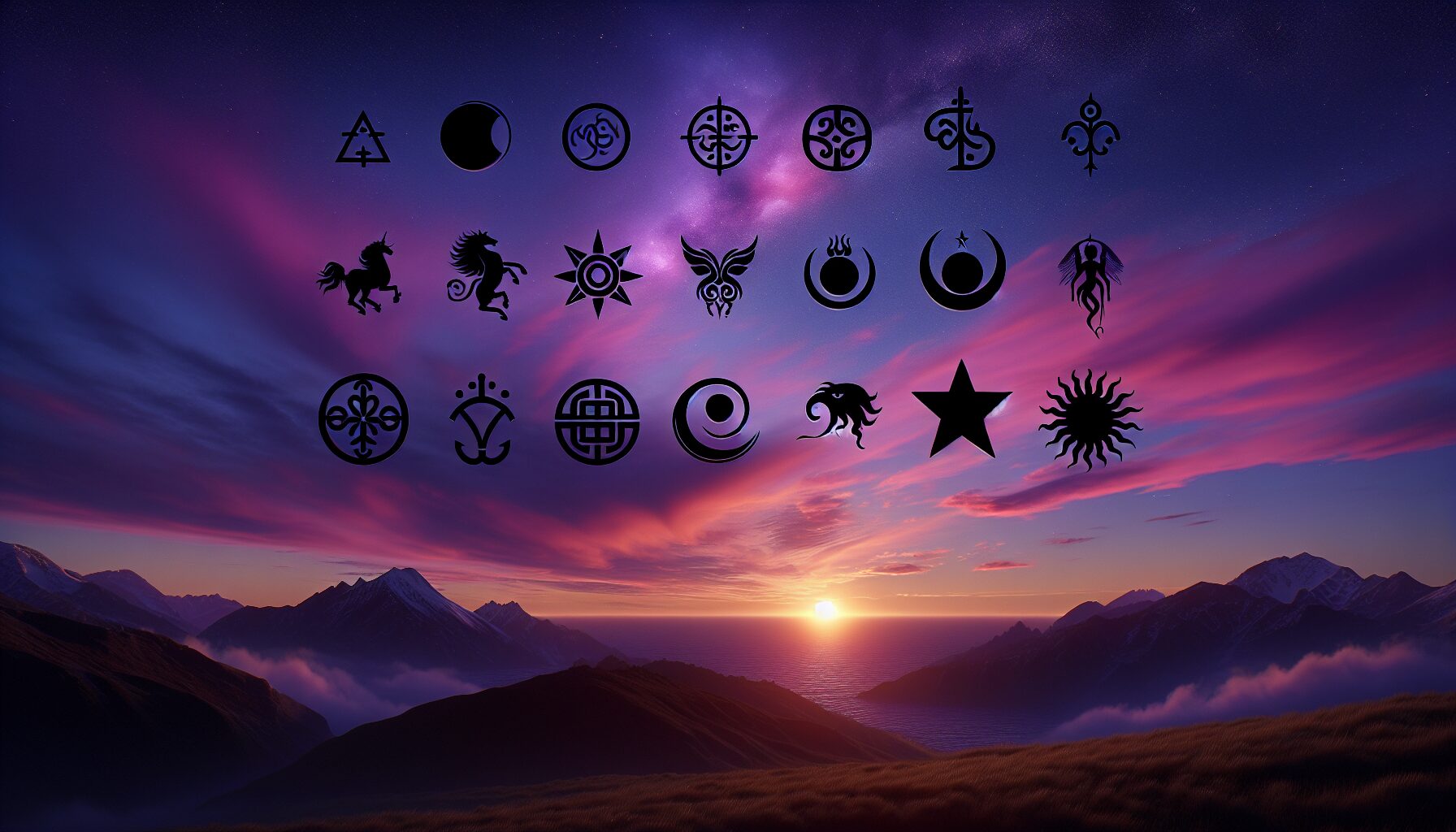In an era where the lines between the digital and tangible worlds blur, the rise of mythcore offers a fascinating look into how ancient symbols continue to permeate modern consciousness. Twilight archetypes, those shadowy figures and mythic motifs, are enjoying a renaissance, capturing the imagination of a generation seeking depth and meaning.
The Power of Archetypes
Archetypes are universally understood symbols or behavior patterns that recur in stories across different cultures and eras. They serve as a bridge between the conscious mind and the collective unconscious, as posited by Carl Jung. According to Jung, “Who looks outside, dreams; who looks inside, awakes” (source: Carl Jung). In this context, archetypes invite us to explore our inner worlds, connecting us with universal human experiences.
Key Mythcore Symbols
- The Wanderer: Embodying both curiosity and restlessness, the wanderer seeks to embrace the journey itself. In mythcore, this archetype symbolizes a perpetual quest for knowledge and self-discovery, encouraging us to venture beyond our familiar boundaries.
- The Shadow: Often depicted as the antagonist in stories, the shadow represents our repressed fears and desires. Today, embracing the shadow helps us confront personal and societal issues that need transformation.
- The Muse: A source of inspiration and creativity, the muse archetype reminds us of the beauty and unpredictability of life. As more individuals pursue creative ventures, the muse becomes an essential symbol in our narratives.
Relevance in Modern Culture
Mythcore as a movement has found its place in artistic expressions, fashion, and digital culture. Platforms like Instagram and Pinterest are replete with imagery that draws on these archetypes, creating a sense of nostalgic yet contemporary mythos. This aesthetic embraces a world where past and present effortlessly coexist, allowing people to craft new identities that resonate with ancient motifs.
“Myths are public dreams, dreams are private myths.” — Joseph Campbell
As Joseph Campbell elucidated, these symbols guide us in understanding the shared psychological and cultural frameworks that shape our personal and collective narratives. In a world yearning for meaning, twilight archetypes offer a pathway to engage with our rich mythological past in the modern context.
Conclusion
Twilight archetypes and mythcore symbols serve as a toolkit for navigating contemporary life. By engaging with these timeless motifs, we not only connect with our historical roots but also find new ways to articulate our evolving identities. As the mythcore movement reinforces, the ancient and the modern are not disparate; they are facets of the same, ever-turning wheel of human experience.

Comments